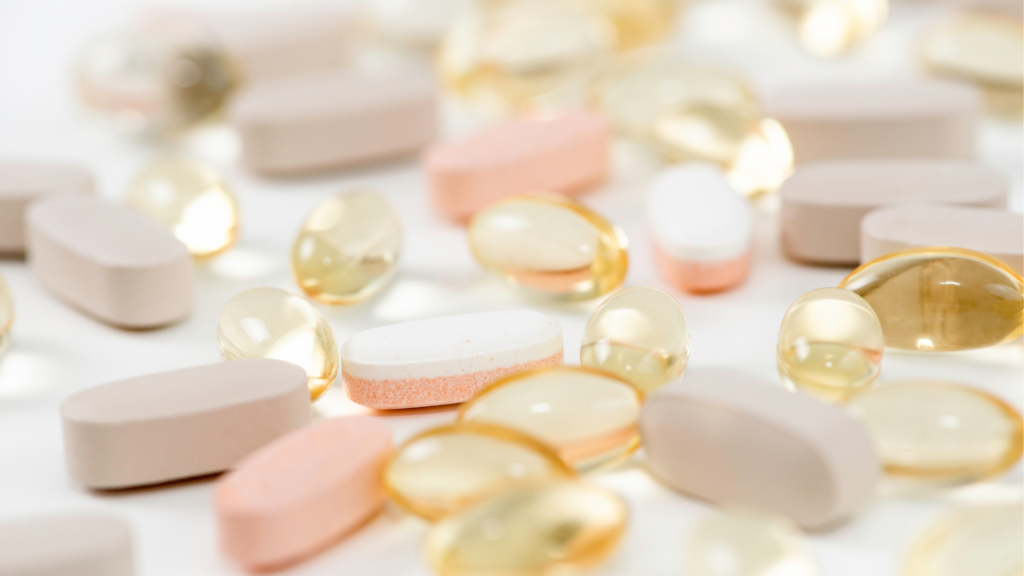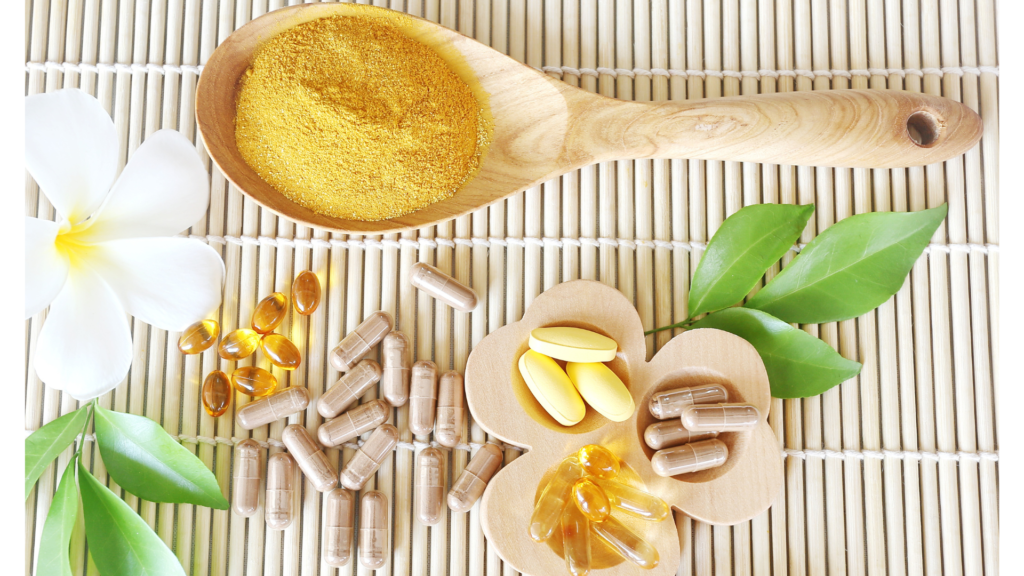What is the best type of massage for me?

Spring is the perfect time to detox. It is the time of the year when the equinox marks the arrival of this mix of red, infrared, and UV light and creates the perfect environment for life and growth. As we leave winter behind and welcome days with more light, we also leave behind toxins, pollutants, and emotions to regenerate.
This is why spring is also the perfect time to think about a therapeutic massage to help you relax and detox. Massages are more than a relaxing ritual they are holistic treatments that aim to clean the lymphatic drainage of the body and eliminate toxins.
With over 200 different massage types, the question to ask is, what is the best type of massage for me? To help you answer the question, here are four of the most popular types of massages and our expert tips on how to choose the best type of massage for the type of relief you’re seeking.
Does your body need detox?
We are constantly exposed to toxins through the food we eat, the products we use on our skin, environmental pollutants, and chemicals. Toxins constantly put our bodies under strain.
Detoxification cleanses the body and reduces toxic load, allowing your organs to recuperate and regenerate. The cleanse will help you reboot your system support, eliminate toxins accumulated throughout the preceding months, boost your immune system, burn fat, provide some weight loss, and give you a radiant glow.
What is the right massage for me?
Before diving into the specifics of each massage type, it’s essential to understand your body’s needs and preferences. Are you looking to relieve muscle tension, detoxify your system, reduce cellulite, or simply relax? Different massages target different concerns, so identifying your primary goal will help you choose the most suitable option. Below you will find the four massages perfect for spring detoxification and relaxation.

Glacial Shells Detox Treatment
This is the ultimate development in cryotherapy that targets both the stomach and the legs. It helps promote wellness, balance and leaves you feeling relaxed and rejuvenated.
Glacial Shells Detox Treatment with the therapeutic contrast of hot Lava Shells and cold Glacial Shells aims to eliminate abdominal congestion in the small and large intestines and stimulate the lymphatic system to promote natural purification. This invigorating treatment is ideal if you have digestive problems, water retention, or circulation problems.
Lava Shell Colon Massage
A Lava Shell Colon Massage is a revolutionary technique designed to stimulate the intestinal tract for improved digestive health and overall well-being. Using smooth, heated shells, this massage applies gentle pressure and warmth to specific points along the abdomen, targeting discomfort and promoting digestive function.
It’s a therapeutic approach that harnesses the benefits of heat and massage to address issues like constipation, bloating, and irritable bowel syndrome (IBS), while also aiding in detoxification.
Non Invasive Cellulite Reducing Colon Massage
Cellulite is a common concern for many people. We usually observe its appearance and become concerned about it before summer. While there’s no miracle cure for cellulite, massage can be an effective tool in reducing its appearance and promoting smoother, firmer skin.
The Non-Invasive Cellulite Reducing Colon Massage is specifically designed to target cellulite and improve skin texture through gentle, yet effective techniques. By focusing on the lymphatic system and stimulating circulation, this massage helps to flush out toxins and excess fluids, reducing the appearance of dimples and uneven skin.
Unlike more invasive treatments, such as surgery or laser therapy, the Non-Invasive Cellulite Reducing Colon Massage is safe, pain-free, and requires no downtime. It’s a natural and holistic approach to improving skin tone and texture, leaving you feeling confident and rejuvenated.
Deep Tissue Massage
In Deep Tissue Massage, specific areas are targeted, such as the calves, hamstrings of runners, or neck, back, and shoulders. It involves slower, deeper movers, sometimes stretches and acupressure therapy.
While deep tissue massage primarily focuses on releasing tension and knots in the deeper layers of muscle and connective tissue, it can indirectly support the body’s detoxification process in several ways.
By stimulating blood flow to the muscles and tissues, deep tissue massage aids in the removal of metabolic waste products and toxins, facilitating detoxification. Additionally, techniques such as compression and friction can help stimulate lymphatic flow, further assisting in the elimination of toxins from the body.
The release of muscular tension and promotion of relaxation during deep tissue massage also contribute to reducing stress levels, which can prevent the buildup of toxins. Moreover, improved organ function, particularly in the liver and kidneys, is supported by deep tissue massage, enhancing the body’s natural detoxification mechanisms.
The takeaway
The Spring season is nature’s awakening after its long winter sleep, and as our bodies follow the seasons, we can support them by embracing the rejuvenating energy of spring through our lifestyle choices. Just as nature undergoes a transformation during this time, our bodies also benefit from a seasonal transition towards lighter, fresher foods and increased physical activity.
Massages can aid in stimulating circulation, flushing out toxins, and promoting lymphatic drainage, which can help boost the body’s natural detoxification processes. This can leave you feeling refreshed physically, mentally, and emotionally after a massage.
Find the type of massage that is right for you by trying different types of massages. To learn more about this incredible treatment, visit our treatment pages or contact us to book a consultation today. Alternatively, browse our other blogs here.





















